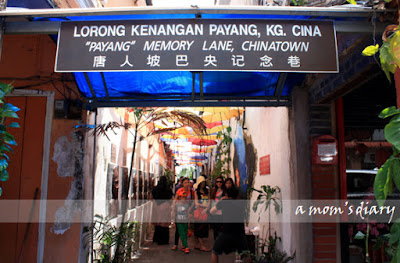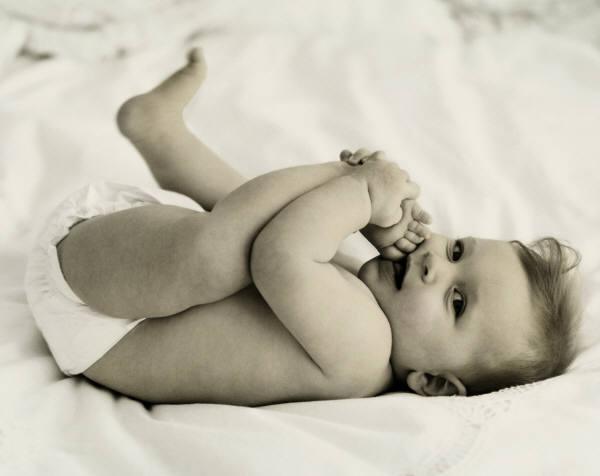We had to leave the
resort by 10am the day of departure from Lang Tengah but our flight isn’t until
evening so we signed up for a city tour of Kuala Terengganu. Our first stop was the Chinatown where seven
back lanes have been given a makeover and each has its own unique theme.
Main arch leading into the Chinatown
We started our walk at the Tauke Wee Seng Hee Cultural Lane. This lane is named after a wealthy Chinese trader from the 1900s, and it’s filled with a collection of vintage items that includes an old, colonial-era telephone booth and an old well. The wall behind the well displays several Han Dynasty-era poems, while the opposite wall displays a collection of old signs from shops in Chinatown.
Next is the Seven Wonders Alley, which pays tribute to the seven wonders of the world – Great Wall of China, Petra (Jordan), Christ the Redeemer (Brazil), Machu Picchu (Peru), Chichen Itza (Mexico), Colosseum (Italy) and Taj Mahal (India). The walls are adorned with steel plaques that describe each of the seven wonders. The highlight is a lamp post which has been converted into a direction post, which tells you how many kilometres away you are from these seven wonders.
Eco Lane is a tribute to Terengganu batik as one of the business owners there has decided to decorate it with pieces of batik. Here, various pieces of batik are stitched into a canopy of rectangle blocks that hang above the lane.
Lorong Haji Awang Besar serves as a reminder of the small Malay population that also settled in Kampung Cina. Decorated with Malay-style wooden architecture, this lane is named after a rich Malay businessman whose former village house was located near the lane. Looking up certainly pays when visiting these laneways and on this lane, it’s the traditional wau bulan that takes centre stage.
A tribute of a
different kind takes place at Payang Memory Lane, where seven prolific
personalities from the local Chinese communities are immortalised in bronze
cast plaques. A cluster of colourful
umbrellas hang above, and is meant to symbolise unity in diversity.
We walked around looking for the famous Turtle Alley with no success. Along the way, we captured these random shots.
We stopped to ask for directions from an elderly Chinese gentleman, and he graciously offered to show us the way. And he showed us much more of what the Chinatown has to offer, which we would have missed had we not met him :-)
Apek taking us for a ride on a trishaw. Can you tell that the scene at the back is just a large canvas?
We finally reached Turtle Alley, the narrowest of all the alleys. This lane has been adopted by the local turtle conservation society and features turtle-themed artwork on its wall, turtle-themed mosaics on the floor, along with trivia boards to inform tourists of the highly endangered turtles.
Life-sized replica of a leatherback turtle
I realized after reading up more about the rejuvenation of Chinatown Kuala Terengganu that there’s another lane, Green Lane, which was the lane to have kickstarted the makeover project but we missed it.
After a quick late lunch, the van picked us up and since we still have some time to kill, we headed to the Crystal Mosque. A rather impressive structure made of steel, glass and crystal, the mosque was opened in 2008.
We headed to the
airport after that, glad that we had a chance to discover this pretty piece of
Kuala Terengganu.

























































